How to interest your child in reading
14 Ways to Encourage Grade-Schoolers to Read
It’s easier for kids to build reading skills when they enjoy reading. They practice more, and they feel more motivated to take on reading challenges. Try these tips to encourage your child to read — and hopefully build a love of reading.
1. Read it again and again.
Encourage your child to read familiar books. If your child wants to take the same book out of the library for the 100th time, that’s just fine. Re-reading helps build speed and accuracy. And that can help build confidence for kids who learn and think differently.
2. Make reading real.
Connect what your child reads with what’s happening in real life. For example, if you’re reading a story about basketball, ask questions about when your child learned to shoot hoops and how similar it was to the kids’ experience in the story.
You can also look for follow-up activities that make stories come to life. If the book references kites, ask your child to brainstorm fun kite-related activities, like how to make a kite. Hands-on activities like these can keep kids engaged with the topic.
3. Don’t leave home without something to read.
Bring along a kid-friendly book or magazine any time you know your child will have to wait in a doctor’s office, at the DMV, or anywhere else. Stories can help keep your child occupied. And the experience will show that you can always fit in time to read.
4. Dig deeper into the story.
Help your child engage with a story by asking questions about the characters’ thoughts, actions, or feelings: “Why does Jack think it’s a good idea to buy the magic beans? How does his mother feel after she finds out?” Encourage your child to connect to the story through experiences you may have had together.
5. Make reading a free-time activity.
Try to avoid making TV the reward and reading the punishment. Remind your child there are fun things to read besides books. And set a good example for your child by spending some of your free time reading instead of watching TV — and then talking about why you enjoyed it.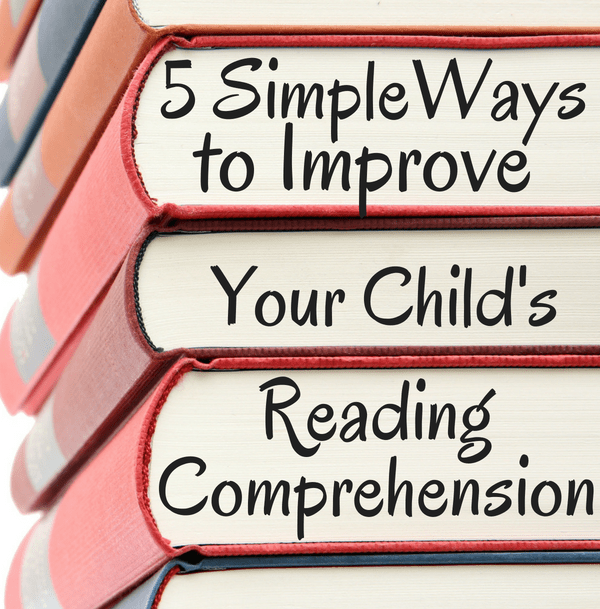
6. Take your time.
When your child is sounding out an unfamiliar word, leave plenty of time to do it, and praise the effort. Treat mistakes as an opportunity for improvement. Imagine your child misreads listen as list. Try re-reading the sentence together and ask which word makes more sense. Point out the similarities between the two words and the importance of noticing the final syllable.
7. Pick books at the right level.
Help your child find books that aren’t too hard or too easy. Kids have better reading experiences when they read books at the right level. You can check your choices by having your child read a few pages to you. Then ask questions about what was read. If your child struggles with reading the words or retelling the story, try a different book.
8. Play word games.
Use word games to help make your child more aware of the sounds in words. Say tongue twisters like “She sells seashells by the seashore.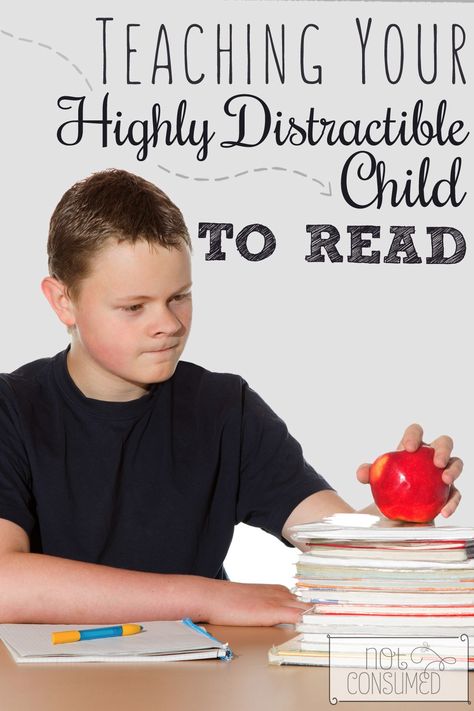 ” Sing songs that use wordplay, like Schoolhouse Rock’s “Conjunction Junction.” Or swap out the letters in words to turn them into new words. (For example, map can become nap or rap if you change the first letter, man if you change the final letter, and mop if you change the middle.)
” Sing songs that use wordplay, like Schoolhouse Rock’s “Conjunction Junction.” Or swap out the letters in words to turn them into new words. (For example, map can become nap or rap if you change the first letter, man if you change the final letter, and mop if you change the middle.)
9. Read to each other.
Take turns reading aloud during story time. As your child grows as a reader, you can gradually read less and let your child take the lead more often. If you have younger kids, too, encourage your older one to take on the responsibility of reading to them.
10. Point out the relationships between words.
Talk about words whenever you can. Explain how related words have similar spellings and meanings. Show how a noun like knowledge, for example, relates to a verb like know. Point out how the “wild” in wild and wilderness are spelled the same but pronounced differently.
11. Make books special.
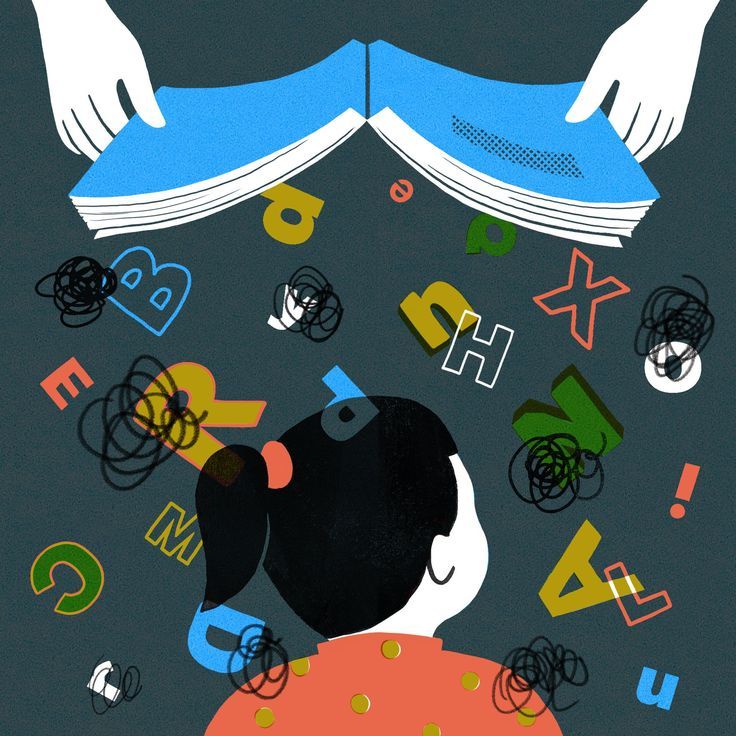
Kids who have trouble with reading may try to avoid it because it makes them feel anxious or frustrated. Try to create positive feelings around reading by making it a treat. Get your child a library card or designate special reading time for just the two of you. Give books as gifts or rewards.
12. Make reading creative.
Change up reading activities to play to your child’s strengths. If your child loves to draw or make things, create a book together. Fold paper and staple it to resemble a book. Work together to write sentences on each page and have your child add illustrations or pictures. Then read it out loud together.
13. Let your child choose.
Some kids prefer nonfiction books. Some love only fantasy or graphic novels. Or maybe your child prefers audiobooks or reading things online. The important thing is to practice reading, no matter where or how it happens.
14. Look for a series of books.
Ask a librarian or a teacher for suggestions about popular book series your child might like.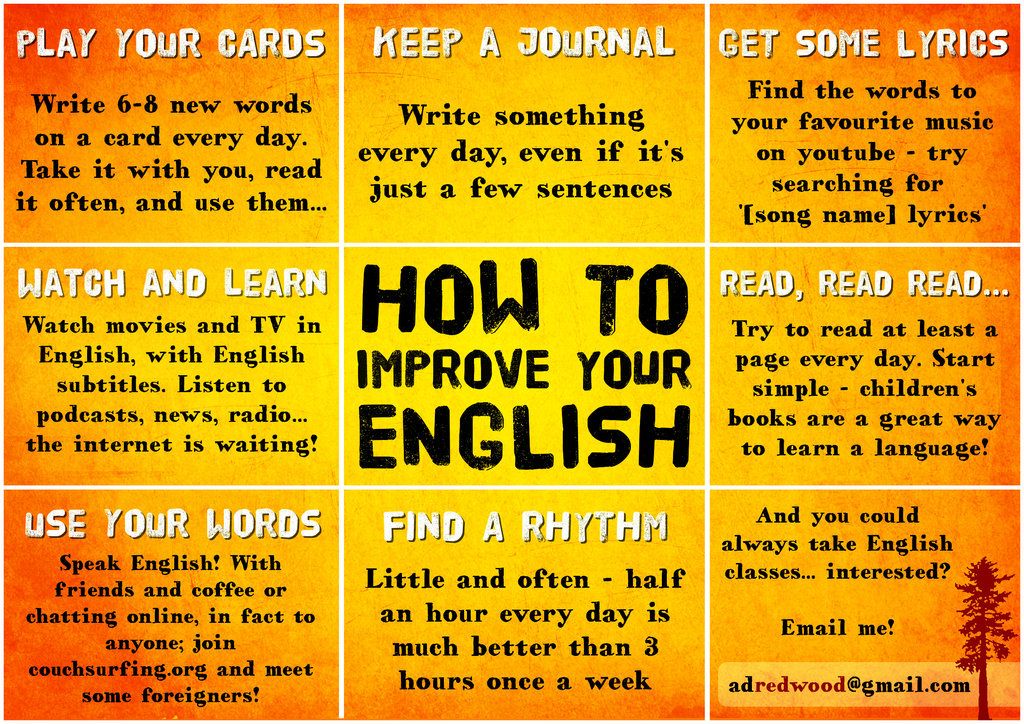 Reading a series of books helps kids get familiar with the tone, characters, and themes. This familiarity can make the next books in the series easier to grasp.
Reading a series of books helps kids get familiar with the tone, characters, and themes. This familiarity can make the next books in the series easier to grasp.
Get tips on fun books for reluctant readers. You can also check out book picks from our community.
10 Ways to Motivate Kids to Read + Downloadable Quick Guide
by Marie Rippel
Quick poll: Which category is your child in?
- LOVES to read!
- Could take it or leave it.
- Really dislikes reading.
Our goal—and I’m guessing it’s your goal too—is to get your child into the first category.
But what can you do if your child just isn’t motivated to read?
There is actually quite a bit you can do to encourage a love of reading, but first, let’s do some detective work.
Why Doesn’t Your Child Like to Read?
Before you work on motivating your child, it helps if you understand why he resists reading in the first place. Which scenario depicts your resistant reader?
Which scenario depicts your resistant reader?
“Reading is hard!”
You probably wouldn’t choose hard work as a leisure activity, and that’s true for your child, too. If reading is a struggle, he probably won’t find reading interesting or enjoyable.
If your child is a struggling reader, take a look at why this might be. Does he have issues with fluency, or have gaps in his phonogram knowledge? Maybe he’s struggling because he’s guessing at words or hasn’t developed strong vocabulary skills. It’s even possible he has dyslexia or another learning challenge. But whatever the cause, if your child feels that reading is too much work, begin by identifying and addressing his areas of weakness. As he becomes a better reader, he will enjoy reading much more.
“Reading is boring!”
For some kids, reading isn’t hard, but it isn’t interesting either. But it may be that they just haven’t found reading material that motivates them.
Think about what your child loves to do.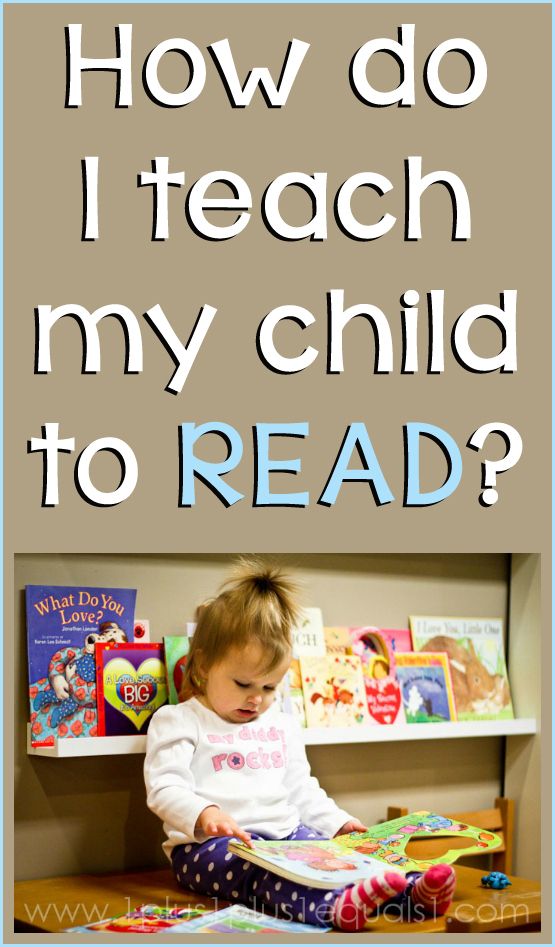 Does he have a hobby or special area of interest? Does your son like dinosaurs? Does your daughter like gymnastics? By finding reading material that piques their interest and draws them into reading, you’re giving your children a motivational boost.
Does he have a hobby or special area of interest? Does your son like dinosaurs? Does your daughter like gymnastics? By finding reading material that piques their interest and draws them into reading, you’re giving your children a motivational boost.
10 Tips to Motivate Your Child to Read
- Make time for reading. If your child has a jam-packed schedule and reading is shoved between gymnastics and band practice, reading may seem like an unwelcome chore. Allow reading to be a relaxing and enjoyable time, free from pressure.
- Set aside a regular read-aloud time with your children. Choose a variety of high-quality literature that appeals to your child’s age and interests. Audio books are another great option for a reluctant reader. And don’t abandon read-aloud time when your children get older—no one is too old for a great read-aloud.
- Make sure the reading material isn’t beyond your child’s reading abilities.
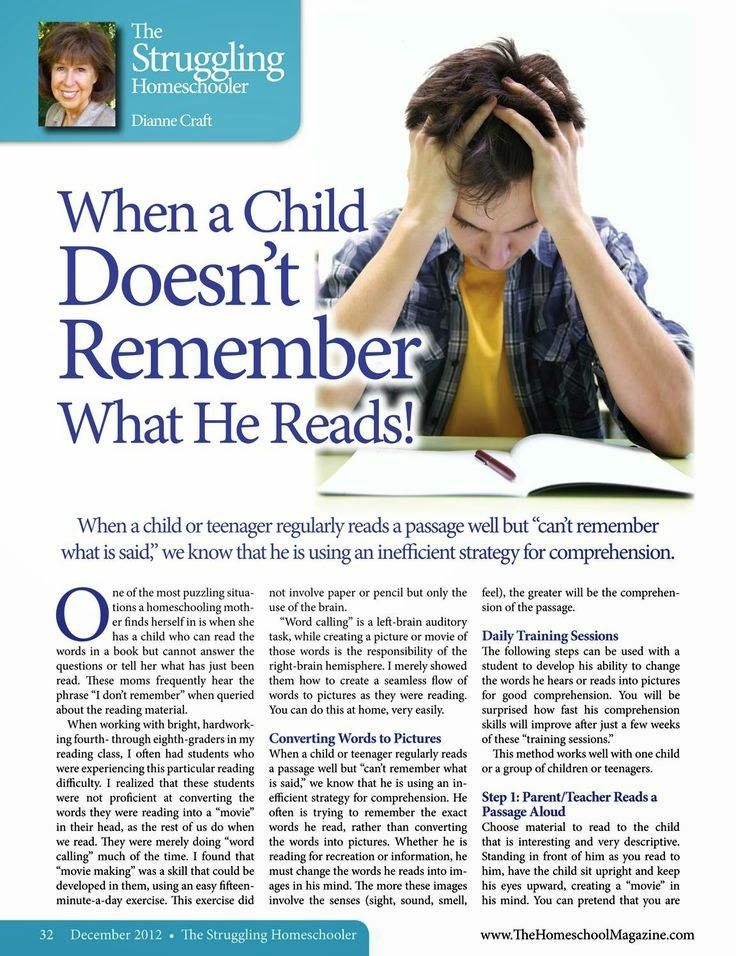 The interest may be there, but if the book is hard to read, your child’s motivation will wane.
The interest may be there, but if the book is hard to read, your child’s motivation will wane. - Create a cozy reading nook. A special reading space may be all the encouragement your child needs to settle down and spend time with a good book!
- Look for a variety of reading material. Kids often gravitate toward the fiction shelves in the library, but don’t stop there. There are many other genres to consider: joke books, cookbooks, how-to books, graphic novels, and biographies are all great non-fiction possibilities. And children’s magazines can be a great out-of-the-box way to encourage a child to read.
- Try buddy reading with your struggling reader. Buddy reading can help improve a child’s fluency and make him feel more comfortable with reading on his own.
- Have your reluctant reader read easy picture books to younger siblings. This provides excellent practice, yet it doesn’t feel like work.
- Let humor work its magic! Select a funny book at your child’s reading level and read the first chapter aloud.
 Then stop reading. If your child wants to find out what happens next, he’ll have to read it himself!
Then stop reading. If your child wants to find out what happens next, he’ll have to read it himself! - Exhibit a love of reading. When your kids observe that you love to read, they’re more likely to develop a love of reading themselves.
- Provide access to books. Use your public library. Create a home library. Keep books accessible. When your child decides he wants to read, you want to be sure there’s a book at his fingertips. Our picture book and chapter book library lists are a great place to start!
Have you discovered a great way to motivate your child to read? Please share in the comments below and we’ll add your idea to our readers’ tips box.
Motivational Tips Recommended by Our Readers
- For every 10 books your child reads, allow her to choose a prize from a bin of dollar store goodies. (Recommended by D. Jacobs via Instagram)
- Pick books that feature topics and themes your child is already interested in.
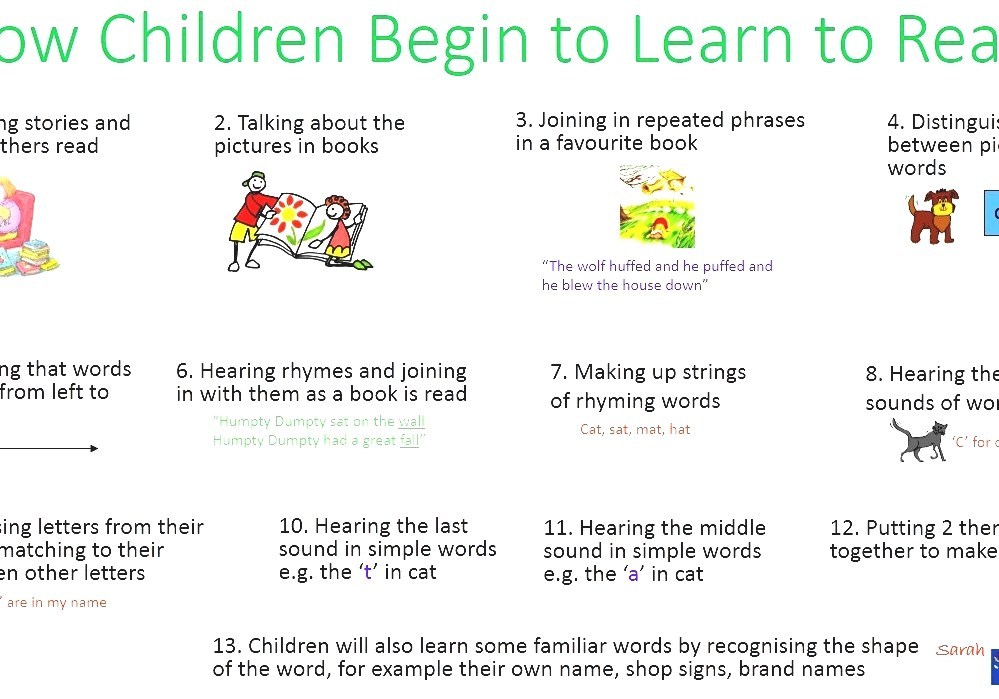 (Recommended by Lara via Instagram)
(Recommended by Lara via Instagram) - Let your child choose what he or she wants to read! (Recommended by Sarahi D. via Facebook)
- I make sure that books with higher reading levels have lots of illustrations and diagrams. (Recommended by Nancy B. via Facebook)
- Comic books! (Recommended by Alaina K. via Facebook)
- Keeping a reading log of completed books can be a great motivator! (Recommended by Robin W., AALP Customer Service)
- Graphic novels got my oldest son interested in reading! (Recommended by Corrie via Facebook)
- Read aloud together with finger puppets! (Recommended by Marci via blog comment)
- Choose silly chapter books like How to Eat Fried Worms that tickle your child’s funny bone. (Recommended by Rachael via blog comment)
- Have an older child read easy picture books to a younger sibling. (Recommended by Ann Marie via blog comment.)
- Create fun and engaging activities that tie in to the themes of a book your child is reading.
 (Recommended by Allyson via blog comment)
(Recommended by Allyson via blog comment) - Challenge your child to make up fun voices as he reads. (I do it too!) (Recommended by Anita via blog comment)
- Use one-page stories to get them past the fear of the story being too long. You can even write your own! (Recommended by Anita via blog comment)
- The “book it” program by Pizza Hut is a great motivator. (Recommended by Nichol via blog comment)
Photo credit: Rachel Neumann and Joleen Steel
10 Fun Ways to Get Kids Reading
Despite the fact that today almost everyone carries most of the world's library in their pocket, the overall level of literacy, erudition and horizons of children is not increasing. And here we are again faced with the eternal question: "What to do?". And this is not a rhetorical question at all. It is necessary to show children that reading can be fun and positive emotions. Alikhan Dinaev, based on the research of the philologist and teacher Evgenia Abelyuk, and based on personal experience, talks about ten effective techniques.
1. Read aloud to the children
And start as early as possible. Many experts, based on scientific research, advise starting literally from the first day of a child's life. The more you talk to him, the more he hears the words around him, the faster he will speak and become interested in books.
2. Show your acting talents
At the same time, you should not mumble something incoherent under your breath, but read "with feeling, with sense, with arrangement." Read as if you are the only actor in a big play playing all the roles at the same time. Say the words of a child in a sweet and funny childish voice, the words of a grandmother in an senile female voice, dilute the speech of some monster with frightening notes.
If the author writes that the hero shouted, shout, if he whispered, do the same! And if he howls, then why not play the role of a wolf for a few seconds by the light of the moon?
Do you think this is funny? That is how it is.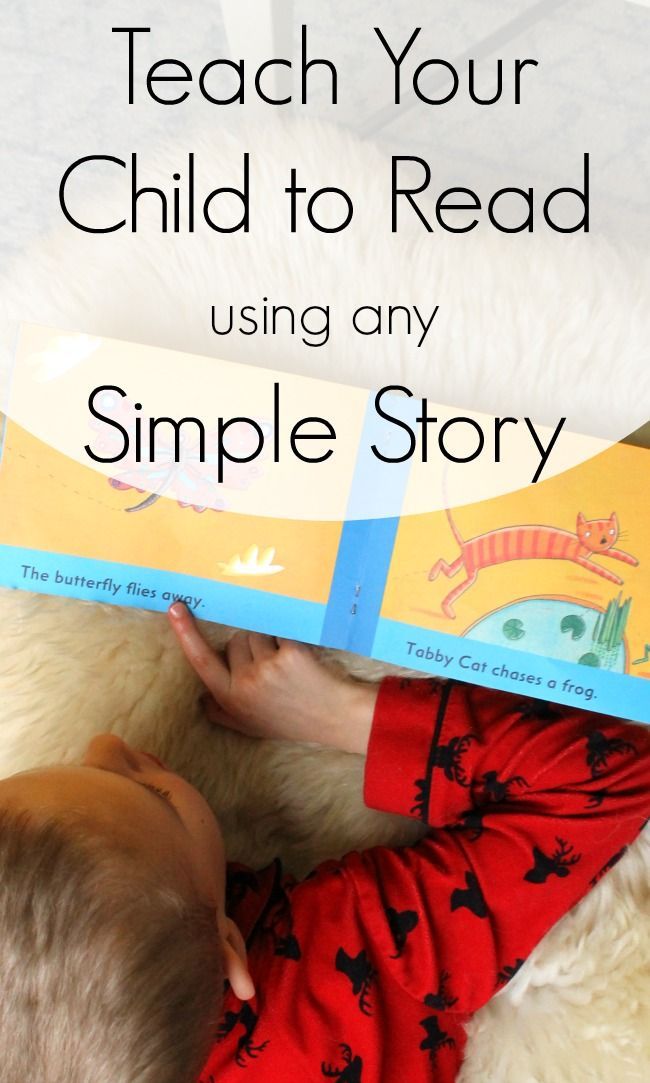 But who said that if it looks comical, then it's bad? Believe me, the children will be completely delighted, and their sincere and contagious laughter will spread throughout the house. The author of these lines successfully tried this method on his nephews. It equally captures an 11-year-old fifth grader, and 7-year-old girls, and even a 2.5-year-old boy who, showing miracles of endurance, listened enthusiastically to the story from the book "Charlie and the Chocolate Factory" for almost 15 minutes. And when his grandfather began to loudly ask about what they were all doing here, the child who still could not really speak put his index finger to his mouth and said: “Shh!”
But who said that if it looks comical, then it's bad? Believe me, the children will be completely delighted, and their sincere and contagious laughter will spread throughout the house. The author of these lines successfully tried this method on his nephews. It equally captures an 11-year-old fifth grader, and 7-year-old girls, and even a 2.5-year-old boy who, showing miracles of endurance, listened enthusiastically to the story from the book "Charlie and the Chocolate Factory" for almost 15 minutes. And when his grandfather began to loudly ask about what they were all doing here, the child who still could not really speak put his index finger to his mouth and said: “Shh!”
3. Read until the most interesting part - and stop
Use the same trick as screenwriters with directors of good series. Usually an episode or an entire season ends at some unexpected, climactic moment, forcing viewers to wait weeks or months to continue, discussing almost every frame of the last episode. The same can be done in reading books: the child will look forward to continuing. And many simply cannot stand it and will ask to be taught to read as quickly as possible in order to find out how it all ended. If you apply this method to a child who already knows how to read, then for sure he will look for a book the next morning and read it himself.
The same can be done in reading books: the child will look forward to continuing. And many simply cannot stand it and will ask to be taught to read as quickly as possible in order to find out how it all ended. If you apply this method to a child who already knows how to read, then for sure he will look for a book the next morning and read it himself.
4. Let the child choose books himself
Today, publishers make such beautiful covers for children's books, they are so colorful that they are sure to attract the attention of even the most selective child. Try to teach your child to be surrounded by books everywhere. Go with them to bookstores and let them wander through the rows of books, explore all the shelves. Take the kids to the library, show them how beautiful it can be. And if the library turns out to be large, then any preschooler or student will be impressed for a long time by its size, beauty and views from the windows.
5. Lead by example
This is perhaps the key piece of advice.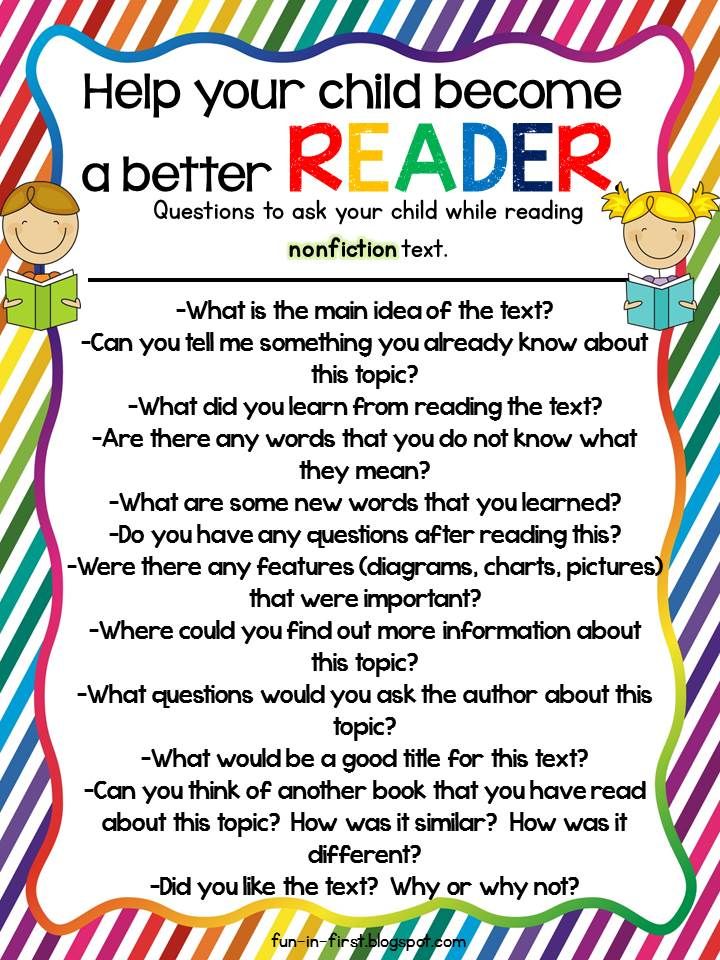 Parents should read for themselves. Otherwise, the likelihood that their children will be carried away by reading is extremely small. Let children from an early age regularly see you with a book in their hands, read and study your home library.
Parents should read for themselves. Otherwise, the likelihood that their children will be carried away by reading is extremely small. Let children from an early age regularly see you with a book in their hands, read and study your home library.
6. Introduce your teen to book apps
There's nothing wrong with reading e-books instead of classic paper books. And if the phone has already become a natural and integral extension of the hands of your children, then let them use it to good use. Invite them to download, for example, the Bookmate app. This is not just a reader with a huge library. It is also a real social network for book lovers, where they can find new friends, share experiences and exchange bookshelves.
7. Draw parallels between the characters and yourself, find common and different things
Compare literary characters with yourself, relatives, friends and, of course, with the child himself. Ask him a question: “How are you like the Little Prince? And what makes you different? And what would you do in his place, if you met the Fox? These and similar questions fuel interest in the content of a novel, short story, or fairy tale.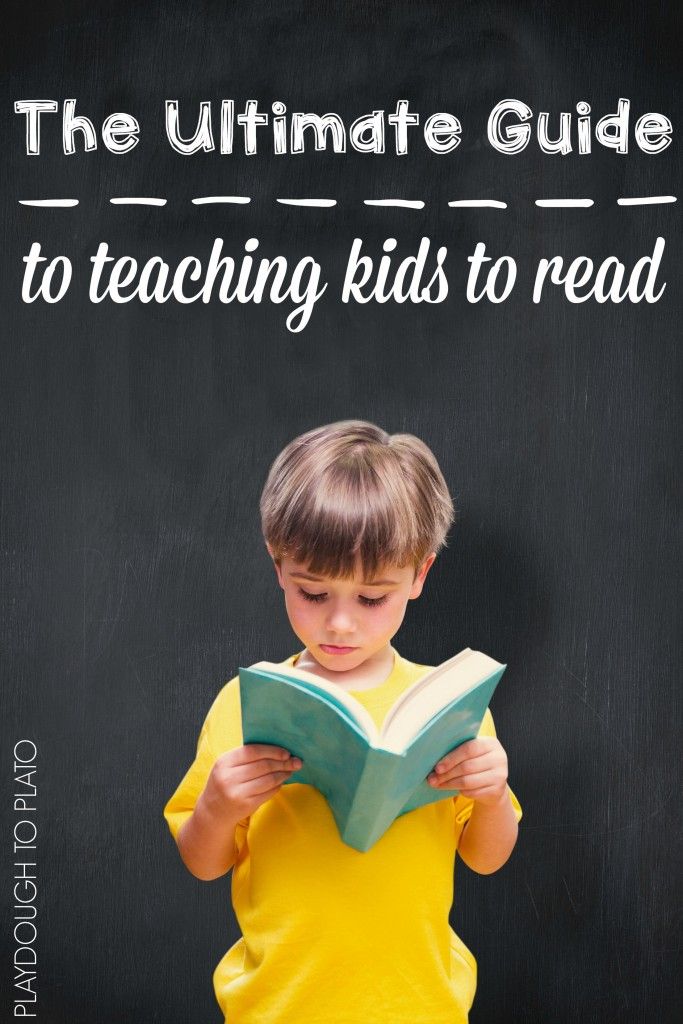
8. Make an adventure out of a book and look for hidden meanings in it
There are always riddles in a good book. And if a student reads, for example, Jules Verne, then they are there on almost every page of any work. But you can ask yourself other questions as well. How to get Oblomov off the couch? How to help Mumu escape from Gerasim and save her from death?
9. Illustrations for a book can change attitudes towards it
Sometimes it is important for a young reader to see the main characters and the places where they live. Pictures, drawings, graphics - all this can be of great help. And if your child is not even interested in Harry Potter, then he is unlikely to refuse the same book, recently published with illustrations by British artist Jim Kay. His drawings amazed even JK Rowling. They are so beautiful, bright and exciting that you want to look at and study them all the time. They interest and captivate, giving room for fantasy and imagination. And this is what we need.
And this is what we need.
10. Choose the right books
Of course, all ages are submissive to many books. But if you want to get your child interested in reading, then "Deniska's stories" by Viktor Dragunsky or "Journey around the world in 80 days" by the same Jules Verne will be among the best examples. But if your 15-year-old son says that he doesn’t want to read novels written by “long-dead, gray-haired and bearded old men from the century before last,” then advise him, for example, the book Outcasts, a classic of American literature recently translated into Russian for the first time. Its author Susan Hinton wrote The Outcasts when she was 18 years old (she started writing at 15), and the main characters of the novel are from 14 to 20 years old. Despite the writer's young age, Hinton's book became a bestseller with a total circulation of more than 20 million copies.
15 tricks to get your child excited about reading
At what age should a child start reading? How not to turn reading into a tedious task, but, on the contrary, to show that a good book is a source of real pleasure? This is an excerpt from the best-selling journalist Jason Boog "Born to Read: How to make a child friends with a book" ("Alpina. Children").
Children").
1. Read together . Together with your child, get acquainted with a book, computer application, electronic or audio book - any carrier of a literary text. Scientists call such activities joint play activities. A child should not spend too much time alone fussing with a digital device. You should definitely play and read together every day.
How to start communication : « Shall we read together? Show me how to cook something with this app" .
2. Ask as many questions as possible. Questions are the basis of interactive reading, and even a child who has not yet learned to speak can ask them. Don't forget to ask your child questions before, during and after reading.
How to start communication: « Where did the rabbit go? What color is this flower?
3. Discuss the details of the book.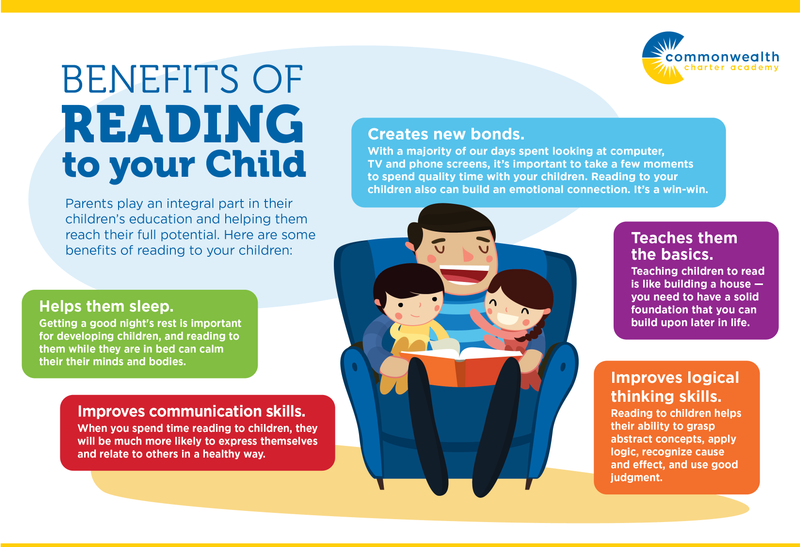 Show the illustrations you like the most, name the colors, animals, people and feelings of the characters on each page. At first, the child will not be able to join you, but as they grow older, they will learn from you to turn reading into an interactive process.
Show the illustrations you like the most, name the colors, animals, people and feelings of the characters on each page. At first, the child will not be able to join you, but as they grow older, they will learn from you to turn reading into an interactive process.
How to start communication : « This car is red. Do you see anything else red? Do you want to count the animals?
4. Play the story in faces . Imitate the sounds of sweeping when you see a broom in the picture, or pretend that you want to eat the food drawn. This will help your child make connections between concepts and words, which is the cornerstone of interactive reading.
How to start communication: « Then the caterpillar ate one... And then it saw someone - who?"
5. Help your child identify with the characters in the book. Start by discussing simple emotions. With age, this ability of the child will improve, and you will be able to ask more complex questions.
With age, this ability of the child will improve, and you will be able to ask more complex questions.
How to start communication: « The squirrel wants to sleep - stroke her on the head. Have you ever experienced as much as this baby?"
6. Praise your child while reading. Encourage his simplest responses, give him a hug when you've finished reading, and praise him for choosing good books or computer applications.
How to start a conversation: « I am so pleased that you chose this book. How well did you navigate the iPad!”
7. Share your opinion about the book. If the child liked the story, ask why. If he fidgets while reading an e-book, ask why. All this will make your reading together more fun.
How to start a conversation: « Did you enjoy reading this book? Why do you want us to read it again?"
8. Read to your child about things he loves. If your child liked the panda story, ask the library for other books about this animal. Read your child's favorite books, use computer applications, videos, and online resources to help your child learn more about a subject that interests them.
Read to your child about things he loves. If your child liked the panda story, ask the library for other books about this animal. Read your child's favorite books, use computer applications, videos, and online resources to help your child learn more about a subject that interests them.
How to start chatting: « Would you like to read more about the panda bear? Let's ask the librarian to give us books about pandas" .
9. Stop reading to discuss what you read. Adults are constantly in a hurry to get to the end of a book or appendix in order to finish this business as soon as possible, but stopping for discussion is absolutely necessary so that the child understands what is read well and comprehensively.
How to start communication: « Would you like to pause and take a good look at this mountain? Maybe we should stop and talk about what happened in the book?”
10. Make guesses about the further development of the plot. Such questions give the child the feeling that you yourself are telling him a story and deepen his understanding of what he has read. Children's books are ideal material for this, as they have simple plots with funny twists. Questions of this kind can be the beginning of a detailed discussion, and the habit of asking them lasts a lifetime. I still have fun with this game when I watch movies.
Make guesses about the further development of the plot. Such questions give the child the feeling that you yourself are telling him a story and deepen his understanding of what he has read. Children's books are ideal material for this, as they have simple plots with funny twists. Questions of this kind can be the beginning of a detailed discussion, and the habit of asking them lasts a lifetime. I still have fun with this game when I watch movies.
How to start communication: « Who do you think will win the races? What do you think is hidden in the box?”
11. Maintain a dialogue. When you have finished reading or listening to the book supplement, continue discussing the story. Look for parallels in real life and don't stop asking questions.
How to start communication: « What if we now look at pictures of porcupines? Do you remember what an accordion is? «
12. Expand your child's knowledge. Scientists call this technique "developmental education", and to use it, sometimes it is enough just to read to a child. After all, he still doesn't know how to read! As often as possible, choose books to read on topics that are new to the baby.
Expand your child's knowledge. Scientists call this technique "developmental education", and to use it, sometimes it is enough just to read to a child. After all, he still doesn't know how to read! As often as possible, choose books to read on topics that are new to the baby.
How to start a conversation: « Do you know why this car won't start? Do you want me to tell you how she made the soup?”
13. Show your child the world outside of his immediate « habitat « . Growing up in rural Michigan, this has become a life necessity. Before I saw France, New York, Guatemala or the Pacific Ocean with my own eyes, all these wonders were revealed to me on the pages of books. Remember to choose books to read about a wide variety of places, cultures, and events, and if your child particularly enjoys something, maintain and deepen their interest.
How to start communication: « Do you want to know what Antarctica is? Show you on a map where France is?
14. Match the story with real experience . Help your child to draw an analogy between the events of the book and what interests him greatly in real life. This is how people gain an understanding of the world in which they live. The ability to relate the content of a book or computer application to reality is crucial.
How to start a conversation: « Did you see this animal at the zoo? Were you terribly upset when we left the park too?”
15. Encourage your child to retell favorite stories . I love it when Olive retells her favorite books to me over breakfast. There's no better way to enhance the impact of what you've read and develop your child's storytelling skills!
How to start a conversation : « Can you read this book to your little bear? What happened when Baby Elephant dropped his ice cream?
Interesting read! Jason Boog: Born to Read: How to Befriend a Child with a Book
Did you know that when a child is regularly read aloud - not monotonously and boringly, for show, but by acting out skits and asking interesting questions about the plot - this helps to increase the child's IQ? The author of the book studied a huge amount of research, collected the opinions of child development experts, systematized them and talked about his experience: how he himself read to his daughter Olive and what interactive reading techniques he used to interest and inspire her.












